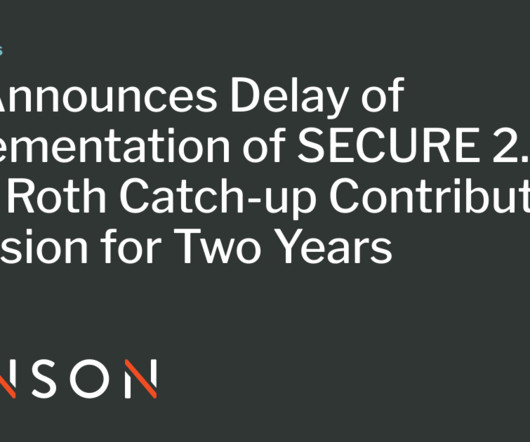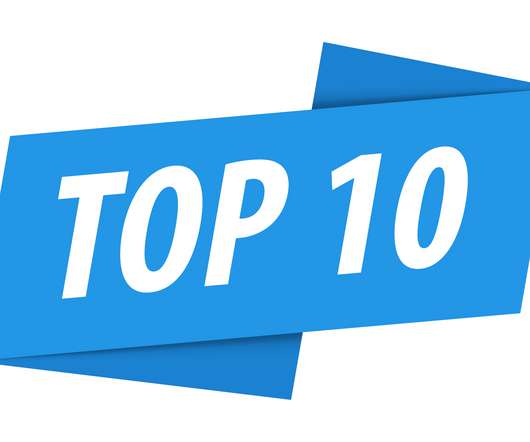How the SECURE 2.0 Act of 2022 benefits your workplace
Insperity
OCTOBER 10, 2023
To do this, the law makes broad changes to the foundation of retirement preparation in the U.S.: employer-sponsored 401(k) plans. All company retirement plans started in 2023 and thereafter must have an automatic enrollment and escalation provision – also known as “ you’re in unless you’re out.” The SECURE 2.0












Let's personalize your content